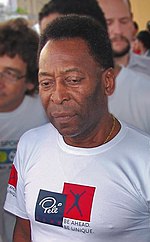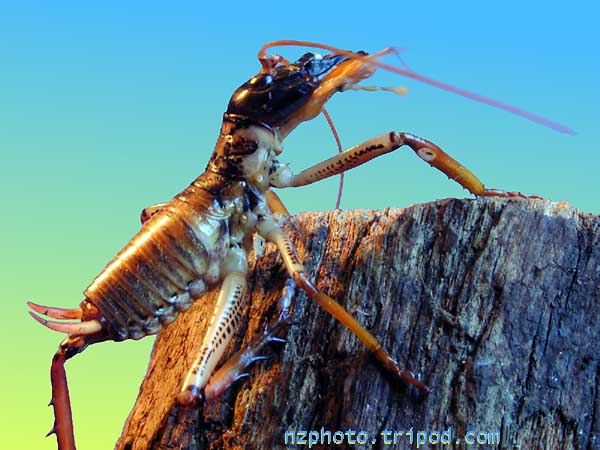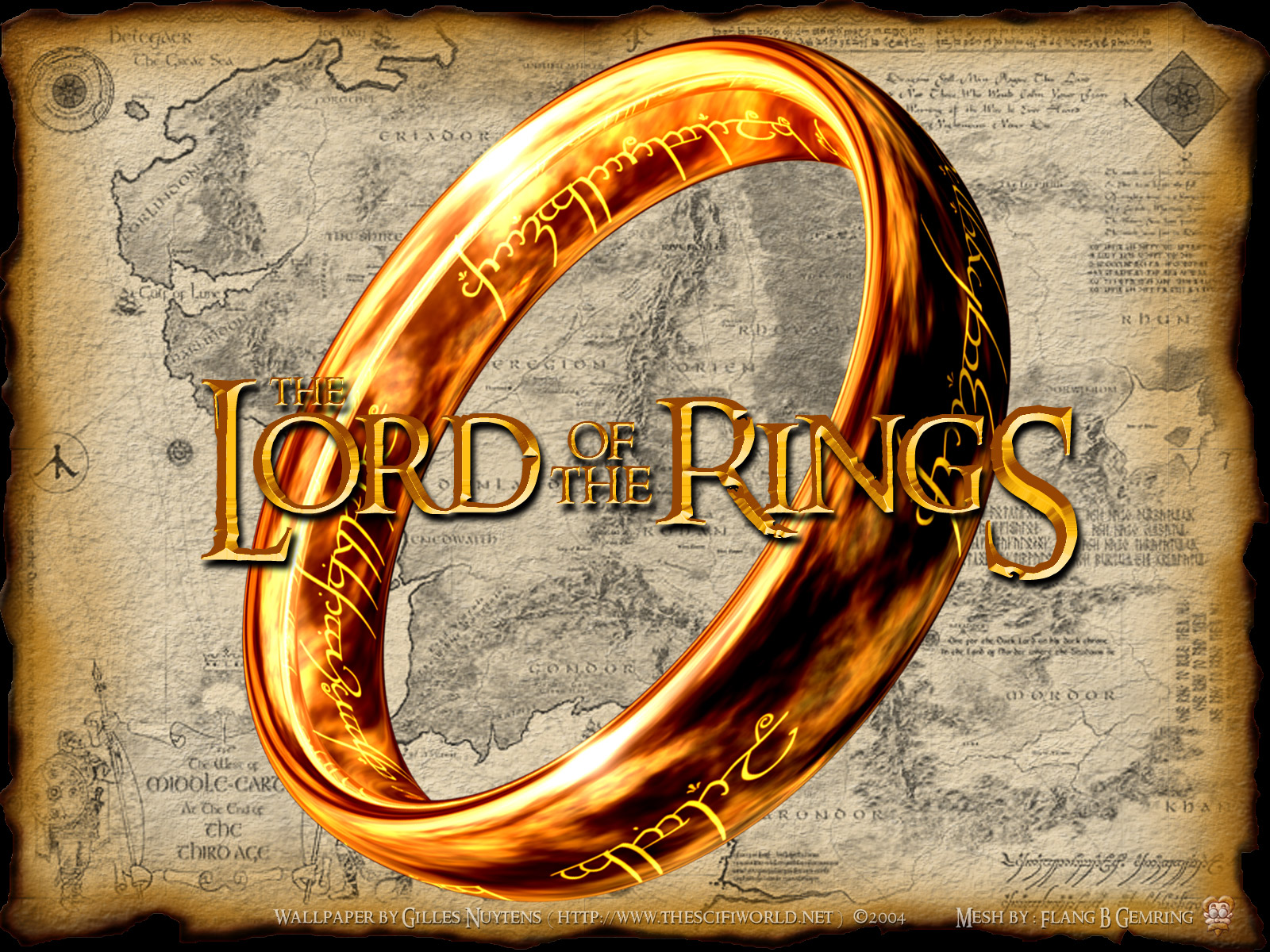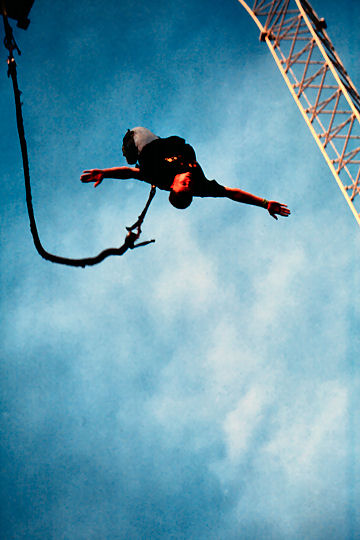 Cup?
Cup?Brazil are the only team to have played in all 18 tournaments and have won the World Cup a record five times.
Source: en.wikipedia.org
2. When and where was Diego Maradona's first national game?
Diego Maradona's first national game was on 20th October, 1976 at Argentinos Juniors’ Stadium.
 Due to the fact that he was born in Villa Fiorito, Diego Armando Maradona could have been player of Independiente. Better say, he should have been. But it wasn’t that way. And it’s fine. Because Argentinos Juniors is more related to his own history, to the idea of fighting from the very bottom, of enhancing the humble, and that was proved throughout the years.
Due to the fact that he was born in Villa Fiorito, Diego Armando Maradona could have been player of Independiente. Better say, he should have been. But it wasn’t that way. And it’s fine. Because Argentinos Juniors is more related to his own history, to the idea of fighting from the very bottom, of enhancing the humble, and that was proved throughout the years.As he would do in other teams, in Argentinos he also started trying to save the team and ended up seeking the title. And the old field of Boyacá and García turned out to be the center of attention of the whole football world: as if going on a procession to worship a God, the supporters of every club headed the field to go see play number ten. Forever. Since his debut, the 20th October, 1976, till the first days of 1981, when he left.
In Argentinos, there are reference points set by Maradona, including a tunnel, when he wasn’t even 16. His first two goals, immediately, a couple of days after his presentation. The anger shown in his three goals after the frustration of Argentina ’78. Scorer, scorer, scorer, scorer, scorer, five times scorer. In nine championships played using that same t-shirt. Many tours with him, as the main attraction. And a second place, of course, the only time he would celebrate after coming second.
Source: www.diegomaradona.com
3.Who was the first black international football player?
The first black internetional football player was Andrew Watson. Born in British Guiana, he was a proper celebrity in the Victorian era, winning three caps for Scotland in the 1880s. He also became the first non-white player to feature in the FA Cup.
Source: uktv.co.uk
4.Who wrote the first description of the football match and how was it described?
The first description of a football match in England was written by William FitzStephen in about
 1170. He records that while visiting London he noticed that "after dinner all the youths of the city goes out into the fields for the very popular game of ball." He points out that every trade had their own football team. "The elders, the fathers, and the men of wealth come on horseback to view the contests of their juniors, and in their fashion sport with the young men; and there seems to be aroused in these elders a stirring of natural heat by viewing so much activity and by participation in the joys of unrestrained youth."
1170. He records that while visiting London he noticed that "after dinner all the youths of the city goes out into the fields for the very popular game of ball." He points out that every trade had their own football team. "The elders, the fathers, and the men of wealth come on horseback to view the contests of their juniors, and in their fashion sport with the young men; and there seems to be aroused in these elders a stirring of natural heat by viewing so much activity and by participation in the joys of unrestrained youth."Source: www.spartacus.schoolnet.co.uk
5. Who was the first player to score 2000 points in a career?
George Blanda. George retired after 26 years, playing in both the old AFL and the NFL, scoring a total of 2002 points.
Source: www.funtrivia.com
6. Give the short overview of the football carreer of David Beckham. What is his real full name? What are his nicknames?
He signed for Manchester United as a trainee in July 1991 and he was instrumental in helping the club win the FA Youth Cup in May 1992, scoring in the second leg of the final against Crystal Palace.
 On September 23, 1992, David made his first team debut as a substitute in the Rumbelows Cup tie at Brighton and Hove Albion.His Premier League debut eventually came at home to Leeds United on April 2, 1995. Partially as a result of injuries to key starters, David established himself in the first team during the 1995/96 season.
On September 23, 1992, David made his first team debut as a substitute in the Rumbelows Cup tie at Brighton and Hove Albion.His Premier League debut eventually came at home to Leeds United on April 2, 1995. Partially as a result of injuries to key starters, David established himself in the first team during the 1995/96 season.The springboard that launched Davids's famous career came during the 1996/97 season. David was compared to Pele when he scored his most famous goal - from the halfway line against Wimbledon at Selhurst Park.
During the 1998 World Cup Finals Beck scored a stunning freekick for England against Colombia and was hailed a national hero. He was later branded a villain, however, when he was sent off for a foul on Diego Simeone as England were knocked out in the second round by Argentina. That was the first red card of his
 career.
career.The World Cup Finals left David at the bottom of his career. He was a hated man in England and many predicted the end of his football areer. He mustered up the courage and resilience to bounce back and prove his critcs wrong. In the first League game of the 1998/99 season against Leicester City, he curled in one of his trademark freekicks in stoppage time to prevent defeat.The 2002/03 season was not a memorable one for Beckham as he found himself on the bench for some key matches. In a bizarre incident, he was struck on the forehead by a stray boot that was kicked in frustration by Sir Alex Ferguson in the dressing room. Rumors that he and the boss were not on speaking terms fueled the speculation that he would be sold at the end on the season.
After more than 3 years at the Bernabeu, Beckham moved to the USA. David Beckham agreed to a £128million ($250 million) five-year deal with the LA Galaxy.
His real full name is David Robert Joseph Beckham but he is also called Dave, Becks and DB7
Sources: www.beckhamwatch.com www.biggeststars.com www.imdb.com
7. Who is Edison Arantes do Nascimento and why is he famous in the football history? Give a short overview of his career with illustrations.
In his native Brazil, Pelé is hailed as a national hero. He is known for his accomplishments and contributions to the game of football in addition to being officially declared football ambassador of the world by FIFA and a national treasure by the Brazilian government. He is also acknowledged for his vocal support of policies to improve the social conditions of the poor (when he scored his 1,000th goal he dedicated it to the poor children of Brazil).

Spotted by football star Waldemar de Brito, Pelé began playing for Santos at 15 and his national
 team at 16, and won his first World Cup at 17. Despite numerous offers from European clubs, the economic conditions and Brazilian football regulations at the time benefited Santos, thus enabling them to keep Pelé for almost two decades until 1974. Pelé played as an inside forward, striker, and what later became known as the playmaker position.
team at 16, and won his first World Cup at 17. Despite numerous offers from European clubs, the economic conditions and Brazilian football regulations at the time benefited Santos, thus enabling them to keep Pelé for almost two decades until 1974. Pelé played as an inside forward, striker, and what later became known as the playmaker position.In 1962 he was on the Brazilian squad at the start of the World Cup but because of an injury suffered in the second match, he wasn't able to play the remainder of the tournament. In November 2007 FIFA announced that he would be awarded the 1962 medal retroactively, making him the only player in the world to have three World Cup winning medals.
Since his retirement in 1977, Pelé has been a worldwide ambassador for football and has undertaken various acting roles and commercial ventures.
Source: en.wikipedia.org8. What is 'gridiron or tackle football' and where is it played? What are the most famous teams?
 'Gridiron' or 'tackle football' is more commonly known as American football. It is played in the United States where the major forms are high school football, college football and professional football, which are essentially similar but feature slightly different rules. American football is closely related to Canadian football, but with significant differences.
'Gridiron' or 'tackle football' is more commonly known as American football. It is played in the United States where the major forms are high school football, college football and professional football, which are essentially similar but feature slightly different rules. American football is closely related to Canadian football, but with significant differences.The most famous team is The Dallas Cowboys
Source: en.wikipedia.org
9.When and where was football originally first invented?
Documented evidence of an activity resembling football can be found in the Chinese military manual Zhan Guo Ce compiled between the 3rd century and 1st century BC.
The first documented club to bear the title "football club" is one in Edinburgh, Scotland, during the period 1824-41.
The history of American football can be traced to early versions of rugby football and association football. Both games have their origins in varieties of football played in the United Kingdom in the mid-19th century, in which a ball is kicked at a goal and/or run over a line.
Sources: en.wikipedia.org
en.wikipedia.org
10.How is Estonia ranked on the FIFA/Coca-Cola World Ranking 2009?
Estonian raking in FIFA is 102 (2009)
Source: www.fifa.com





















